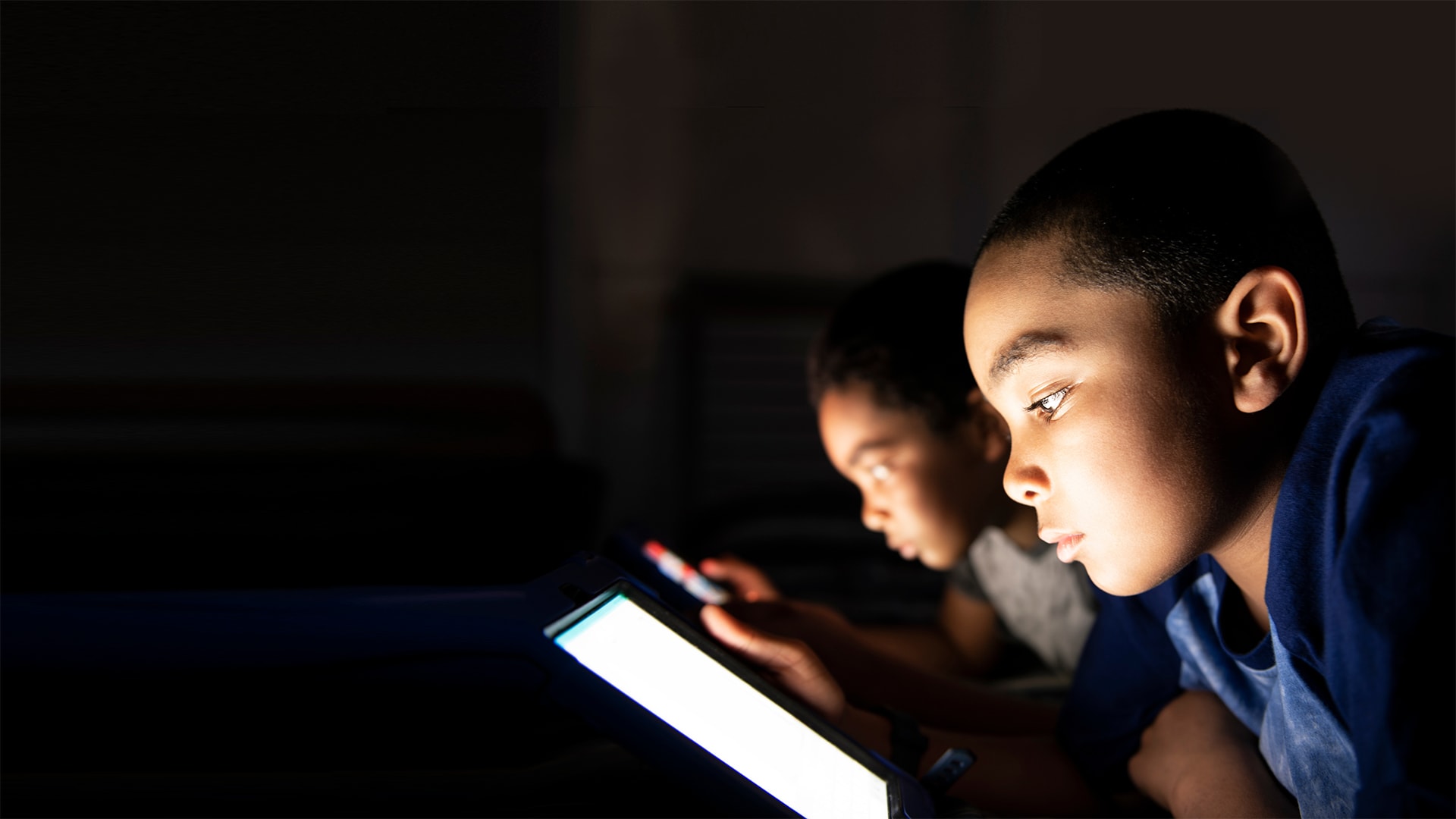Scroll for prep

Please wait…
This video is having trouble loading. You may have lost your Internet connection.
Step 1: Click to Reload this page
Step 2: Click to
Try our other video player
Step 3: Contact your teacher if trouble persists.
Or,
dismiss this message.
CONVERSEMOS (1 de 2):
Imagínate que no tienes luz todo un día. ¿Cómo afectaría tu vida un apagón? (Por ejemplo: ¿Qué tipo de cosas dejan de funcionar? ¿Qué cosas no puedes hacer sin luz?)
CONVERSEMOS (2 de 2):
Ahora imagínate que no tienes luz toda una semana (o un año). ¿Cómo cambiaría tu vida?

Please wait…
This video is having trouble loading. You may have lost your Internet connection.
Step 1: Click to Reload this page
Step 2: Click to
Try our other video player
Step 3: Contact your teacher if trouble persists.
Or,
dismiss this message.
CONVERSEMOS:
Además de hacer que se muevan las cosas, ¿qué otras cosas puede hacer la energía eléctrica? (Piensa en los ejemplos que viste en la historia).
Pista…
Esto fue lo que se nos ocurrió a nosotros: A) Se usa para producir luz (como con los semáforos y las lámparas) B) Se usa para calentar (como con un tostador o un calefactor) C) Se usa para enfriar (como con aire acondicionado, con refrigeradores, y congeladores)

Please wait…
This video is having trouble loading. You may have lost your Internet connection.
Step 1: Click to Reload this page
Step 2: Click to
Try our other video player
Step 3: Contact your teacher if trouble persists.
Or,
dismiss this message.

Please wait…
This video is having trouble loading. You may have lost your Internet connection.
Step 1: Click to Reload this page
Step 2: Click to
Try our other video player
Step 3: Contact your teacher if trouble persists.
Or,
dismiss this message.

Please wait…
This video is having trouble loading. You may have lost your Internet connection.
Step 1: Click to Reload this page
Step 2: Click to
Try our other video player
Step 3: Contact your teacher if trouble persists.
Or,
dismiss this message.
Paso
01/14
01/14
Encuentra un compañero o compañera con quien trabajar.
Cada persona hará una lámpara.
Cada persona hará una lámpara.

Please wait…
This video is having trouble loading. You may have lost your Internet connection.
Step 1: Click to Reload this page
Step 2: Click to
Try our other video player
Step 3: Contact your teacher if trouble persists.
Or,
dismiss this message.
Paso
02/14
02/14
Obtén tus primeros materiales. Cada persona necesita estas cosas.

Please wait…
This video is having trouble loading. You may have lost your Internet connection.
Step 1: Click to Reload this page
Step 2: Click to
Try our other video player
Step 3: Contact your teacher if trouble persists.
Or,
dismiss this message.
Paso
03/14
03/14
¿Puedes hacer que la luz LED se prenda? Usa tu pila y prueba
cosas diferentes.
cosas diferentes.

Please wait…
This video is having trouble loading. You may have lost your Internet connection.
Step 1: Click to Reload this page
Step 2: Click to
Try our other video player
Step 3: Contact your teacher if trouble persists.
Or,
dismiss this message.
Paso
04/14
04/14
Observa tu pila. Encuentra el lado positivo (+). ¿En dónde crees
que está el lado negativo (-)? Haz un dibujo en tu hoja de trabajo.
que está el lado negativo (-)? Haz un dibujo en tu hoja de trabajo.

Please wait…
This video is having trouble loading. You may have lost your Internet connection.
Step 1: Click to Reload this page
Step 2: Click to
Try our other video player
Step 3: Contact your teacher if trouble persists.
Or,
dismiss this message.
Paso
05/14
05/14
Si no has encendido la luz LED, intenta esto. Pon el cable largo
de la luz LED en el lado positivo de la batería y el cable corto de
la luz LED en el lado negativo.
de la luz LED en el lado positivo de la batería y el cable corto de
la luz LED en el lado negativo.

Please wait…
This video is having trouble loading. You may have lost your Internet connection.
Step 1: Click to Reload this page
Step 2: Click to
Try our other video player
Step 3: Contact your teacher if trouble persists.
Or,
dismiss this message.
Paso
06/14
06/14
¿Por qué crees que el foco se enciende? Habla con tu compañero
o compañera. Dibuja una imagen que muestre qué crees que está
pasando.
o compañera. Dibuja una imagen que muestre qué crees que está
pasando.

Please wait…
This video is having trouble loading. You may have lost your Internet connection.
Step 1: Click to Reload this page
Step 2: Click to
Try our other video player
Step 3: Contact your teacher if trouble persists.
Or,
dismiss this message.
Paso
07/14
07/14
¿Sabes cuál es el lado negativo? ¿Es positivo el anillo alrededor
del centro del lado negativo, o es negativo?
del centro del lado negativo, o es negativo?

Please wait…
This video is having trouble loading. You may have lost your Internet connection.
Step 1: Click to Reload this page
Step 2: Click to
Try our other video player
Step 3: Contact your teacher if trouble persists.
Or,
dismiss this message.
Paso
08/14
08/14
Así experimentamos y averiguamos que el anillo alrededor de la
pila y la orilla son positivos.
pila y la orilla son positivos.

Please wait…
This video is having trouble loading. You may have lost your Internet connection.
Step 1: Click to Reload this page
Step 2: Click to
Try our other video player
Step 3: Contact your teacher if trouble persists.
Or,
dismiss this message.
Paso
09/14
09/14
Obtén el resto de tus materiales. Esto es todo lo que necesitas
para hacer una lámpara de papel.
para hacer una lámpara de papel.

Please wait…
This video is having trouble loading. You may have lost your Internet connection.
Step 1: Click to Reload this page
Step 2: Click to
Try our other video player
Step 3: Contact your teacher if trouble persists.
Or,
dismiss this message.
Paso
10/14
10/14
Escribe L+ en un lado de la tarjetita y C- en el otro. Desliza la luz
LED sobre la ficha con el cable largo en el lado L. Pégala en su lugar.
LED sobre la ficha con el cable largo en el lado L. Pégala en su lugar.

Please wait…
This video is having trouble loading. You may have lost your Internet connection.
Step 1: Click to Reload this page
Step 2: Click to
Try our other video player
Step 3: Contact your teacher if trouble persists.
Or,
dismiss this message.
Paso
11/14
11/14
¿Puedes usar papel aluminio y tu pila para prender la luz LED?
Inténtalo.
Inténtalo.

Please wait…
This video is having trouble loading. You may have lost your Internet connection.
Step 1: Click to Reload this page
Step 2: Click to
Try our other video player
Step 3: Contact your teacher if trouble persists.
Or,
dismiss this message.
Paso
12/14
12/14
Antes de darte alguna pista, platica sobre lo que descubriste.
Conversemos:
Conversemos:

Please wait…
This video is having trouble loading. You may have lost your Internet connection.
Step 1: Click to Reload this page
Step 2: Click to
Try our other video player
Step 3: Contact your teacher if trouble persists.
Or,
dismiss this message.
Paso
13/14
13/14
Esta es nuestra lista para hacer que la luz LED se encienda.
Puedes hacer cada una de estas cosas para resolver el problema.
Puedes hacer cada una de estas cosas para resolver el problema.

Please wait…
This video is having trouble loading. You may have lost your Internet connection.
Step 1: Click to Reload this page
Step 2: Click to
Try our other video player
Step 3: Contact your teacher if trouble persists.
Or,
dismiss this message.
Paso
14/14
14/14
Reto: Cambia tu lámpara para hacer más fácil el prenderla y
apagarla. Si tienes tiempo, piensa en que otras cosas te
gustaría agregarle.
apagarla. Si tienes tiempo, piensa en que otras cosas te
gustaría agregarle.

Please wait…
This video is having trouble loading. You may have lost your Internet connection.
Step 1: Click to Reload this page
Step 2: Click to
Try our other video player
Step 3: Contact your teacher if trouble persists.
Or,
dismiss this message.
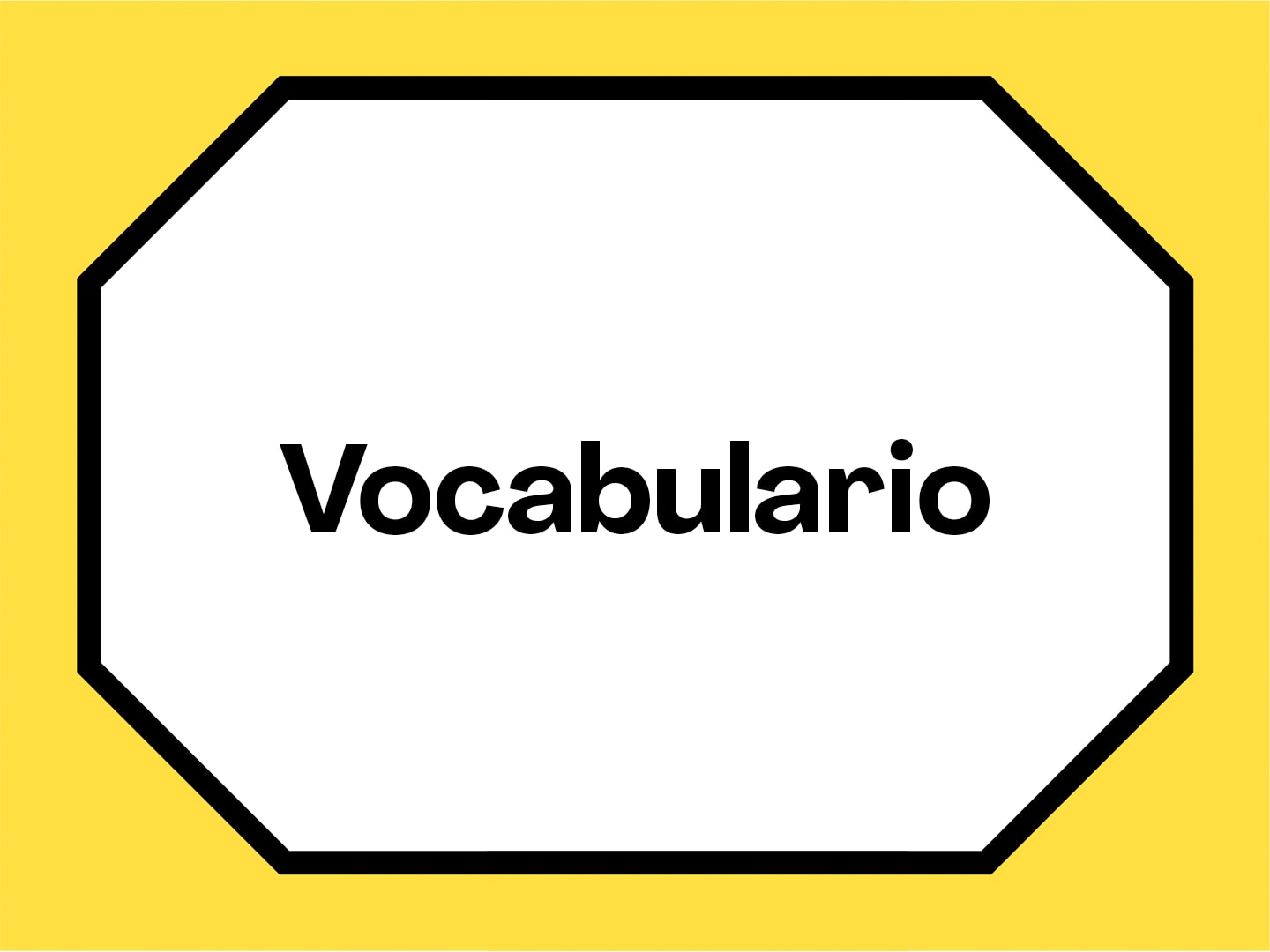
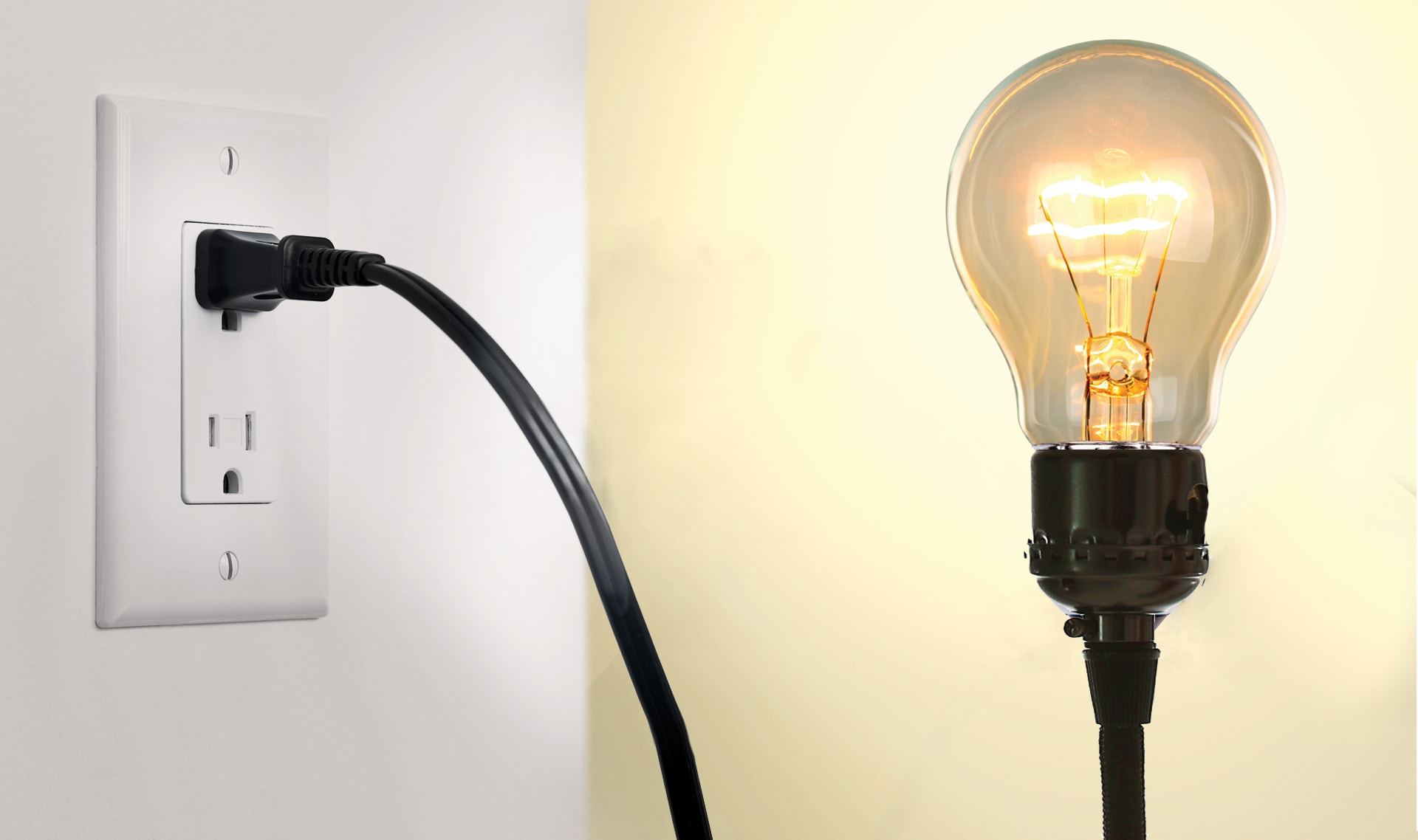
electricidad (energía eléctrica)
1 de 9
una forma en la que existe la energía, normalmente alimenta los focos

Please wait…
This video is having trouble loading. You may have lost your Internet connection.
Step 1: Click to Reload this page
Step 2: Click to
Try our other video player
Step 3: Contact your teacher if trouble persists.
Or,
dismiss this message.
energía luminosa
2 de 9
energía en forma de luz que se puede ver

Please wait…
This video is having trouble loading. You may have lost your Internet connection.
Step 1: Click to Reload this page
Step 2: Click to
Try our other video player
Step 3: Contact your teacher if trouble persists.
Or,
dismiss this message.
transferencia de energía
3 de 9
cuando la energía fluye de un lugar a otro
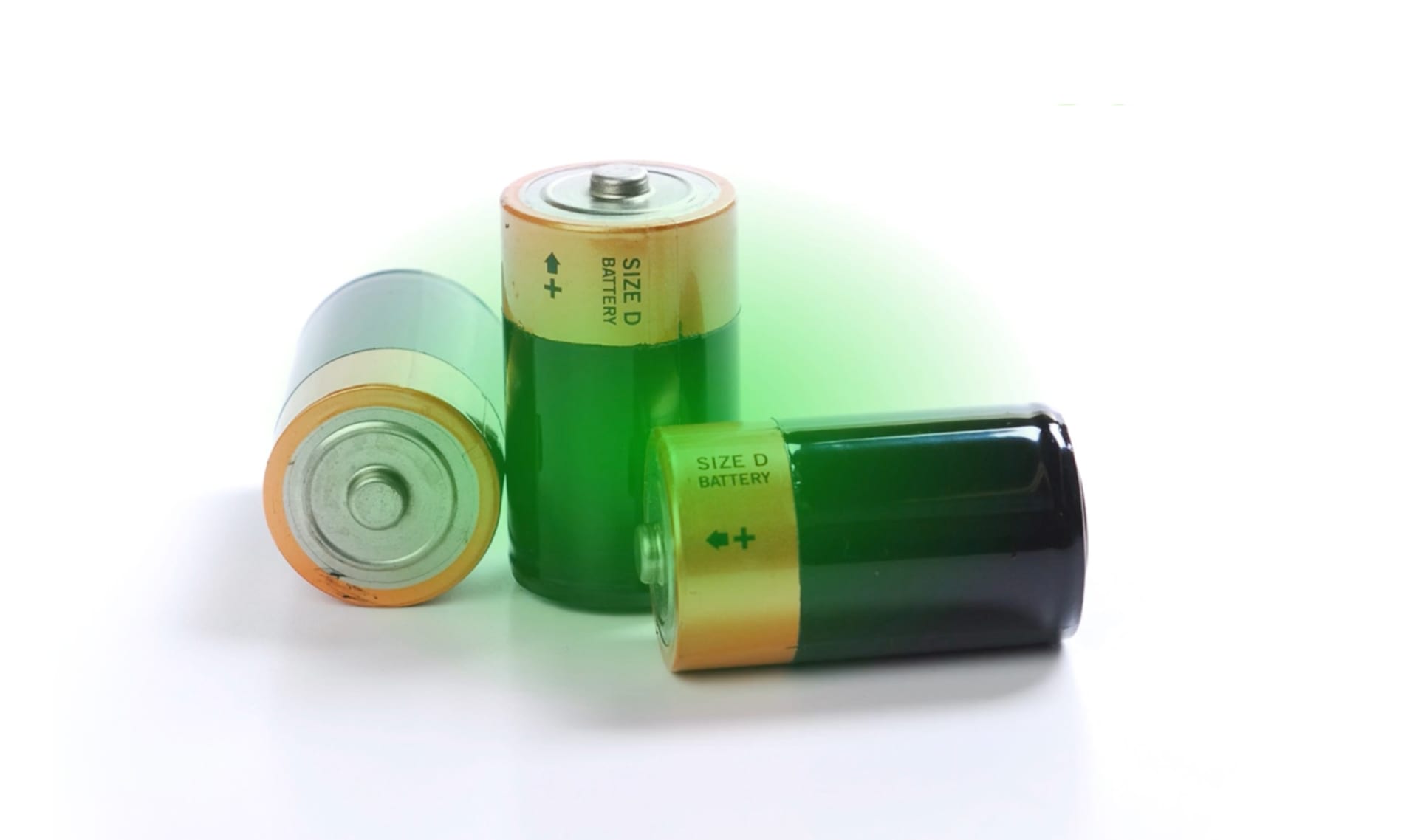
pila
4 de 9
un objeto que almacena energía

circuito
5 de 9
un camino por el que puede fluir la electricidad
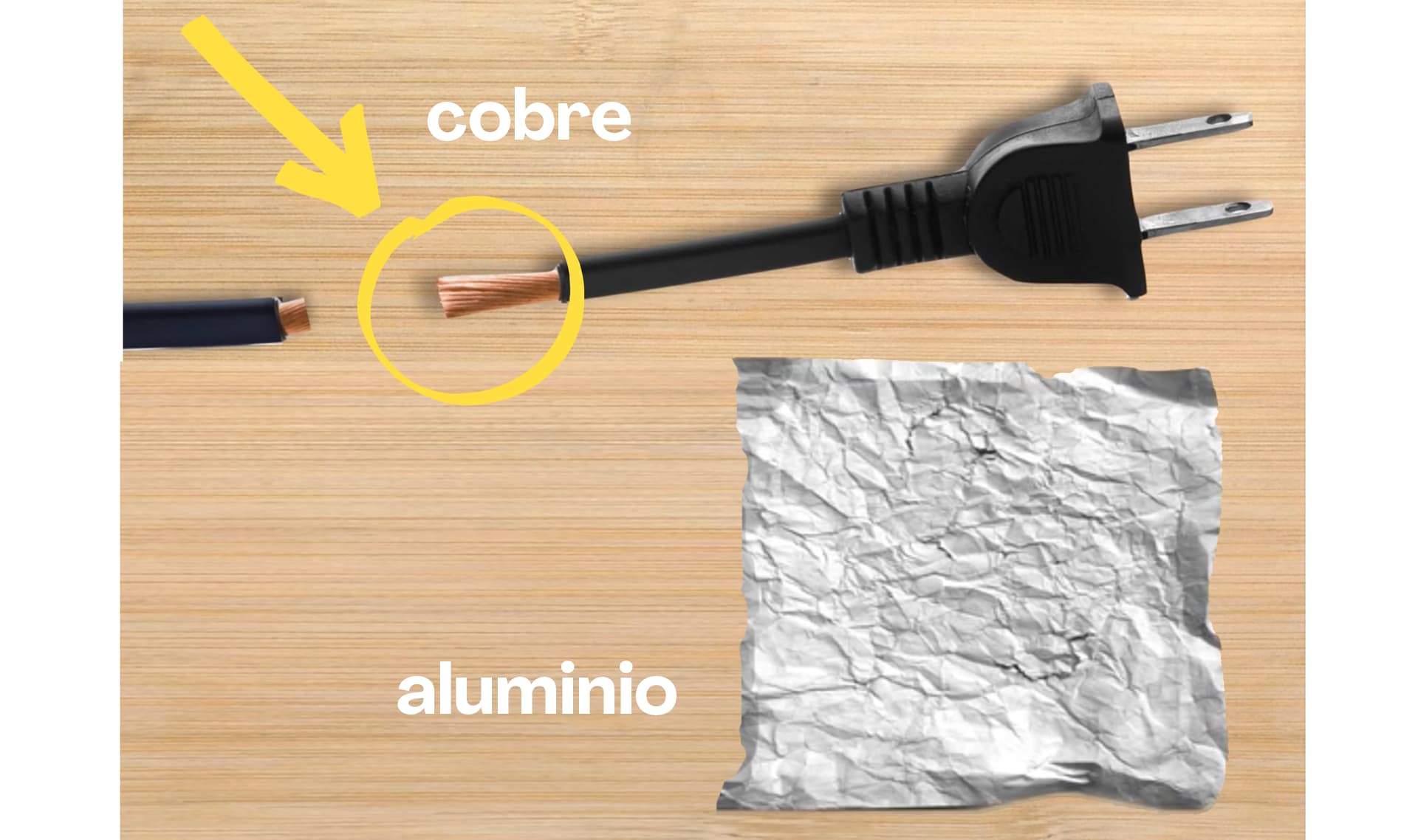
conductor (eléctrico)
6 de 9
un material a través del que la energía puede fluir fácilmente
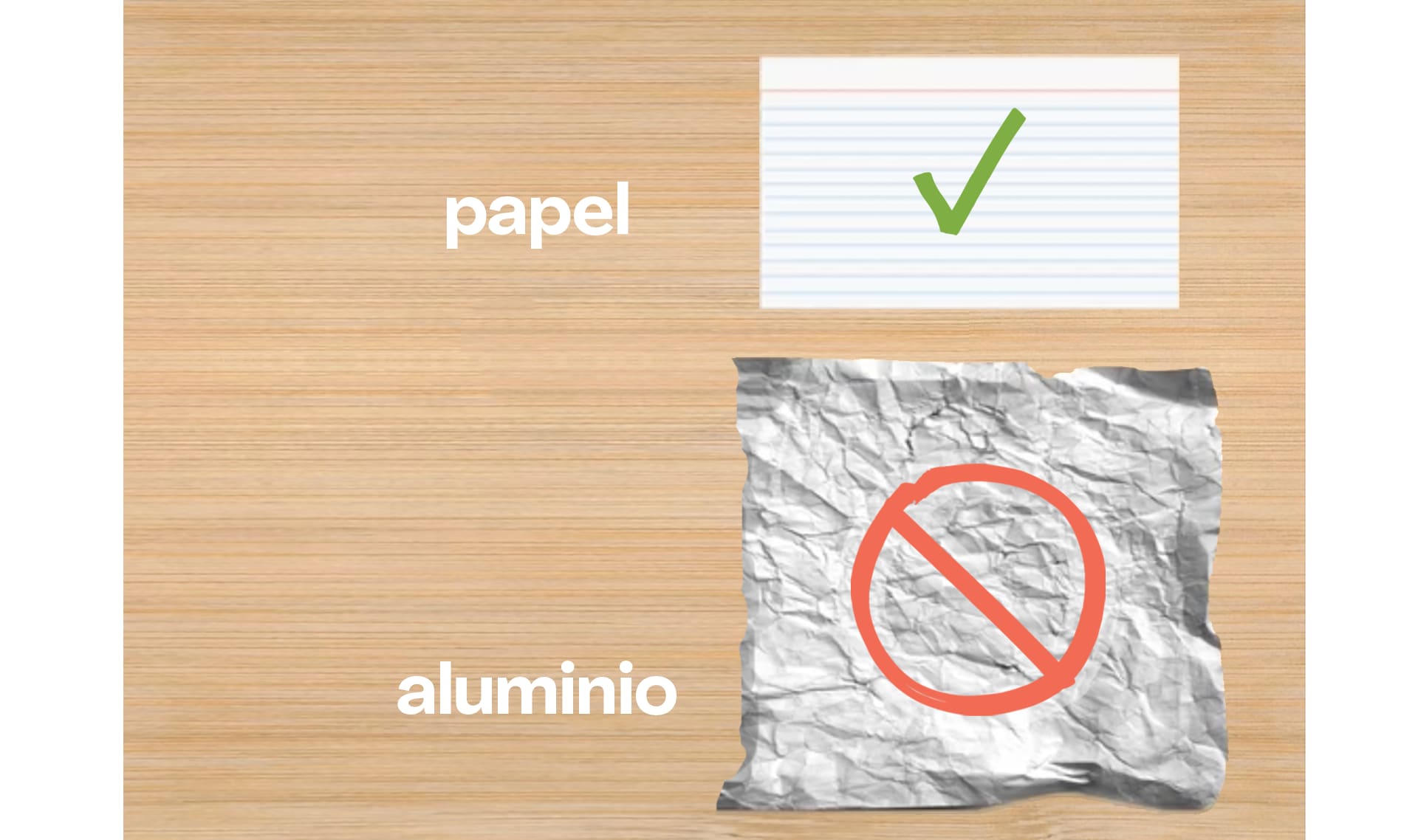
aislante (eléctrico)
7 de 9
un material a través del cual la energía eléctrica no puede fluir fácilmente
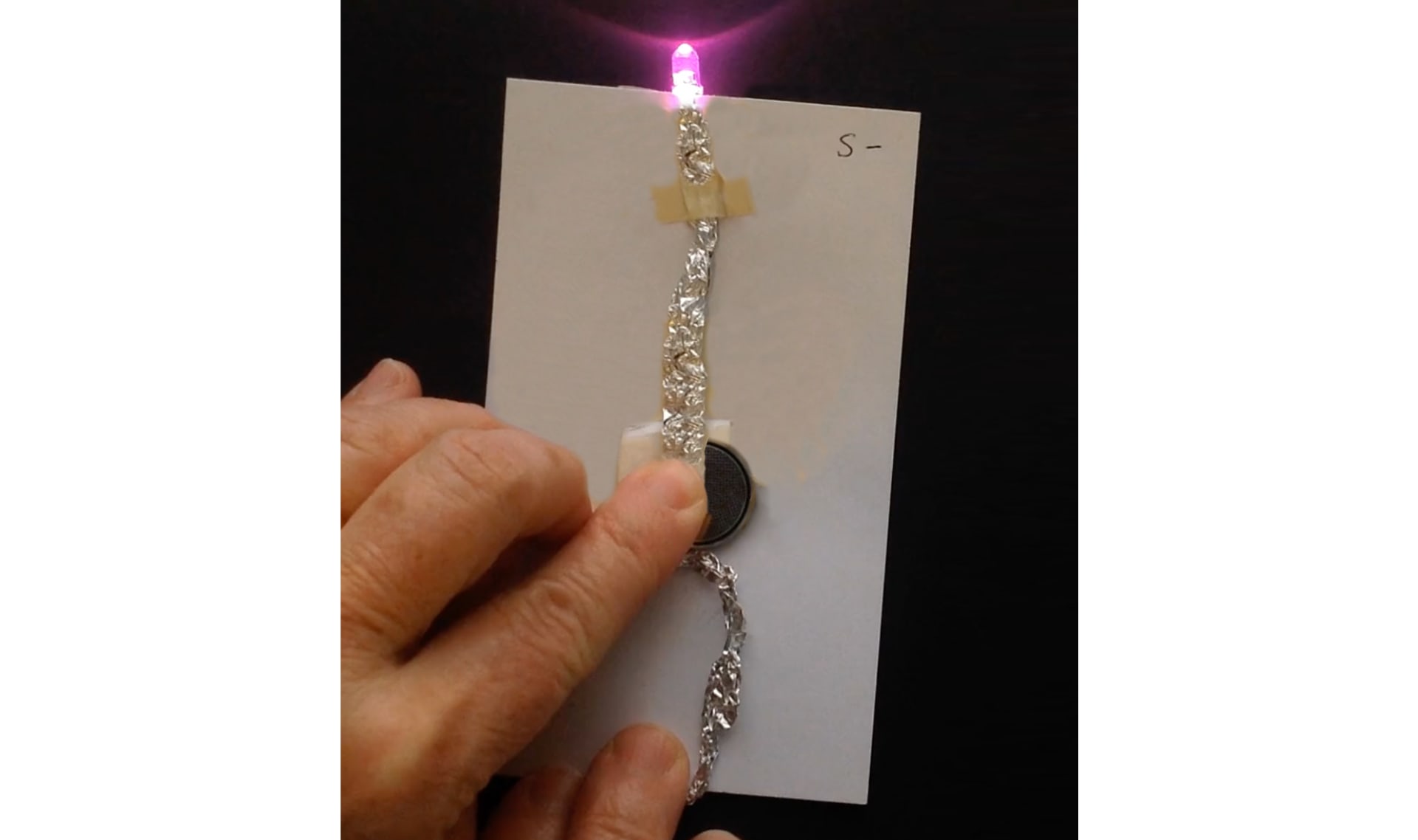
experimento
8 de 9
una prueba que se usa para descubrir más información sobre una pregunta
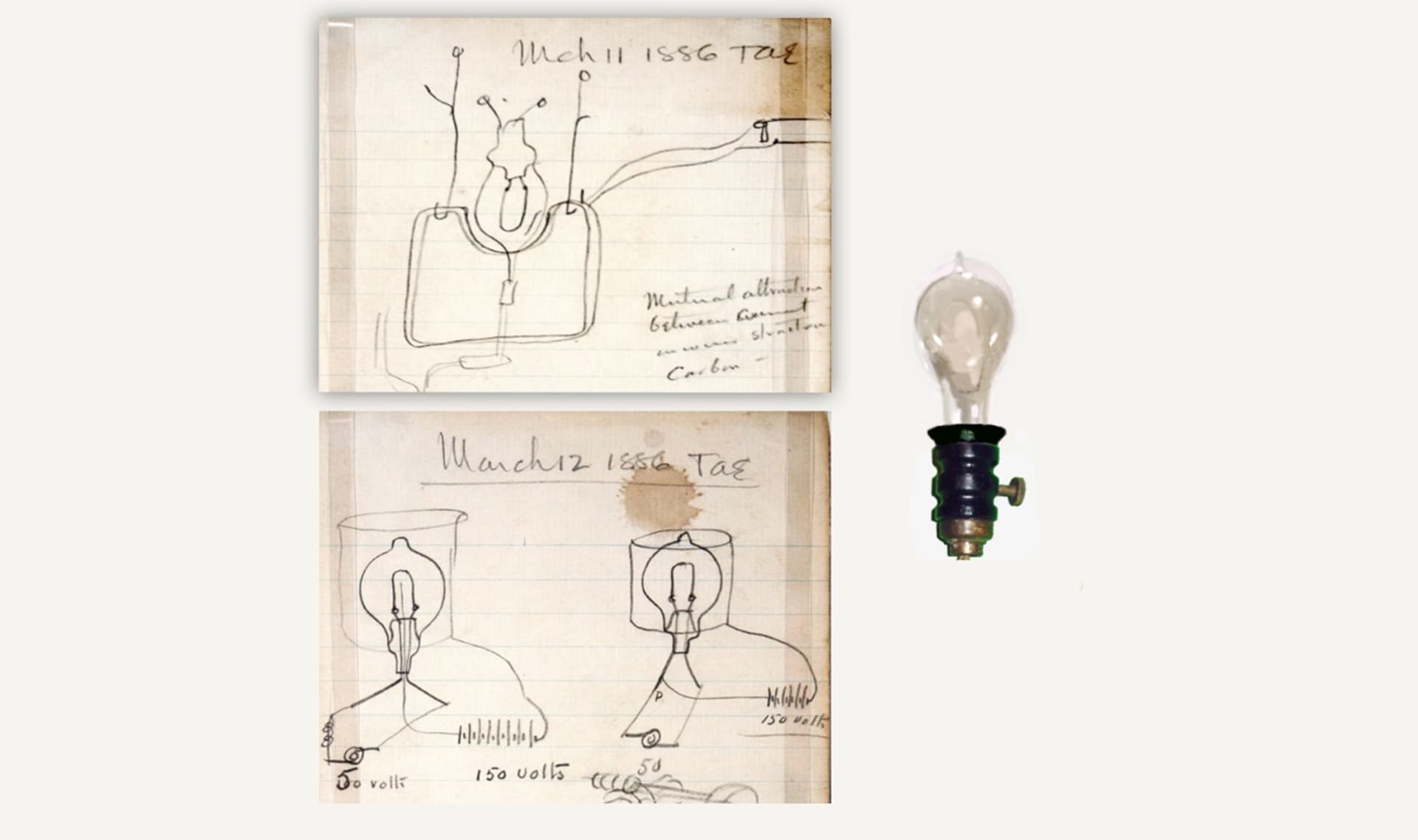
inventar
9 de 9
crear algo nuevo, por lo regular un objeto o una nueva manera de hacer las cosas
